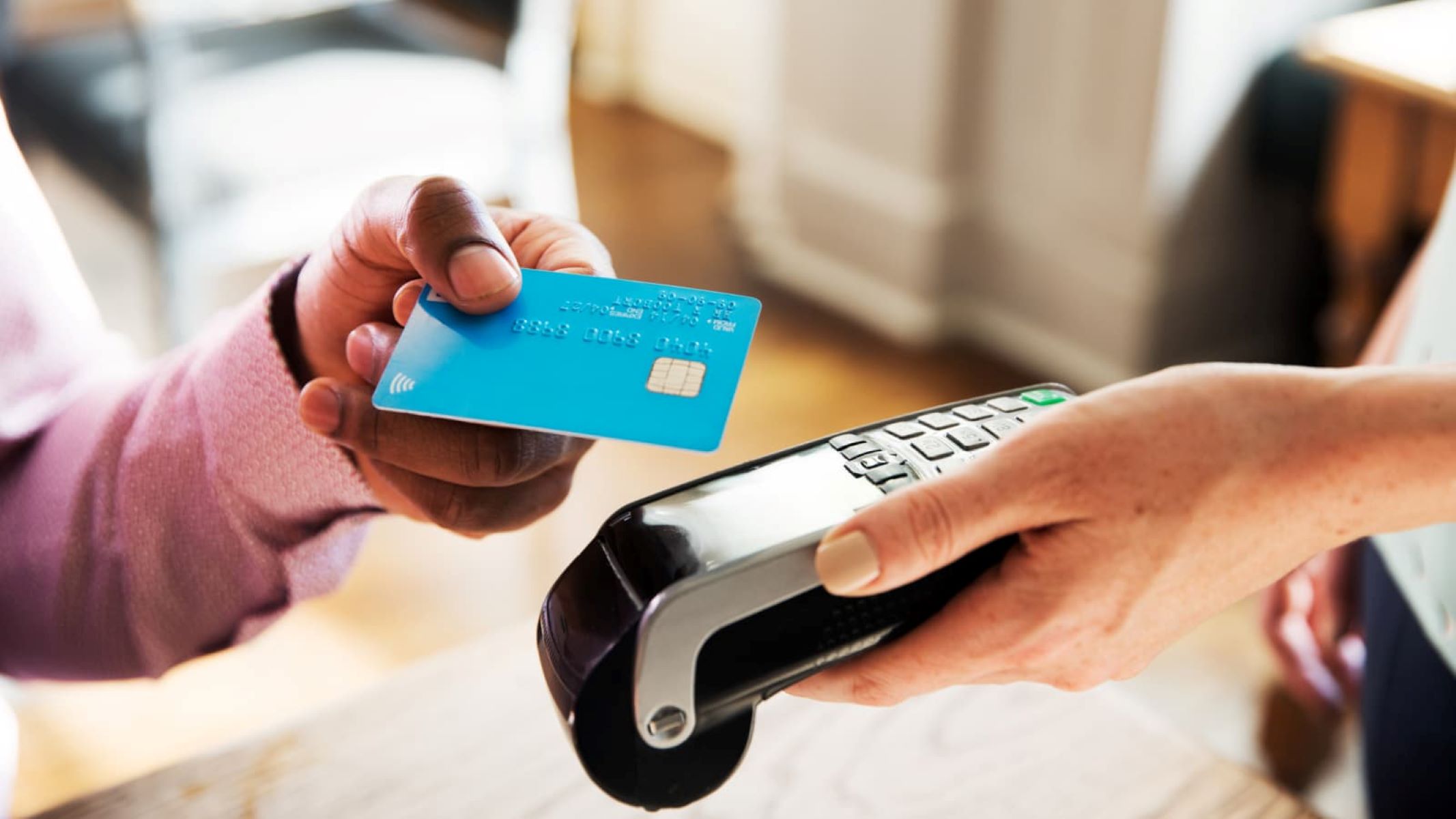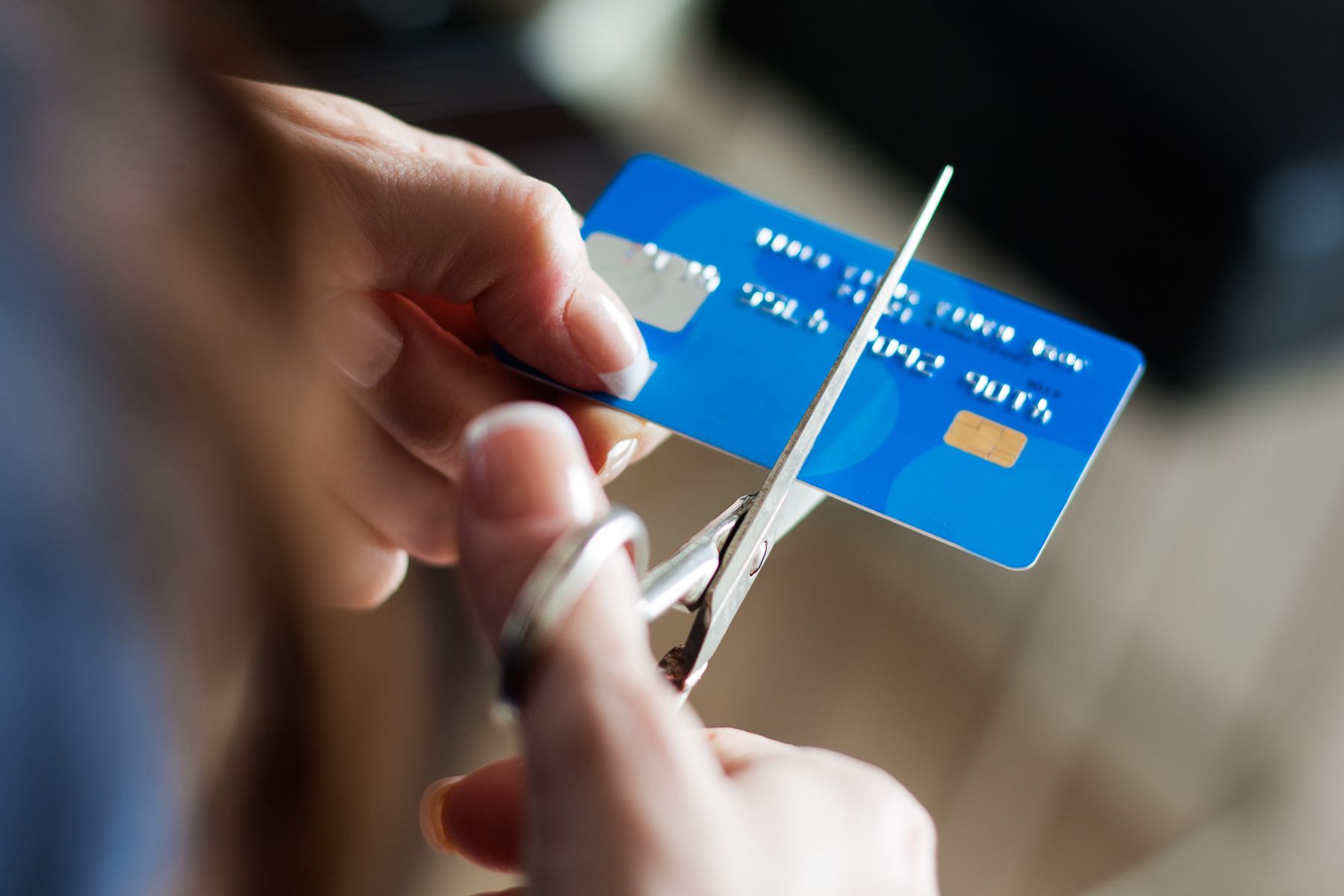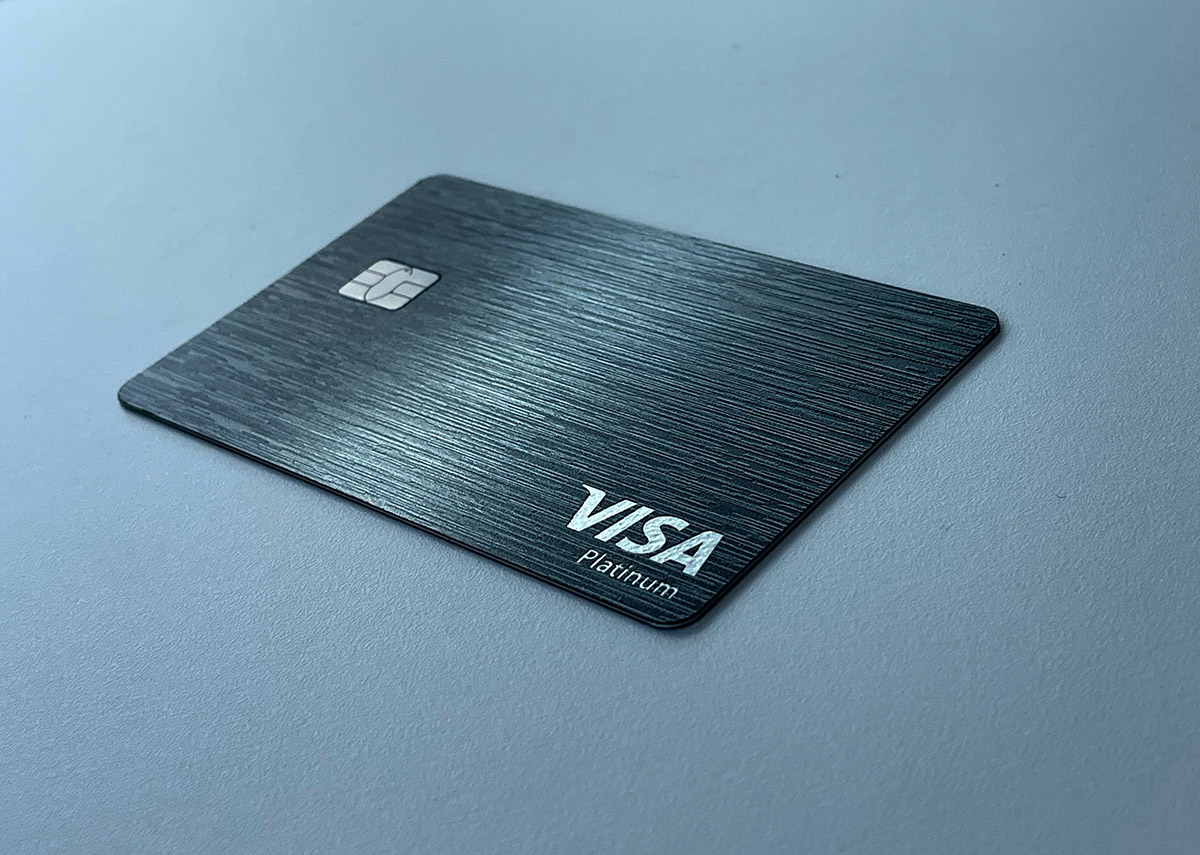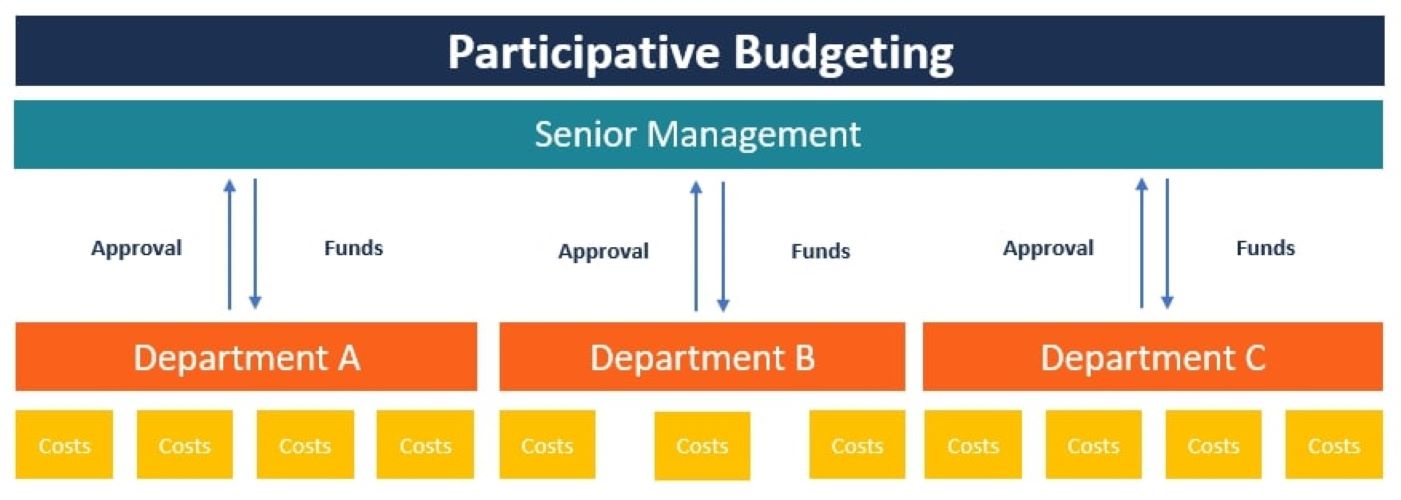

Finance
How Do You Dispose Of A Metal Credit Card
Modified: December 30, 2023
Looking to dispose of a metal credit card? Find out the safest and most secure methods for proper disposal. Finance.
(Many of the links in this article redirect to a specific reviewed product. Your purchase of these products through affiliate links helps to generate commission for LiveWell, at no extra cost. Learn more)
Table of Contents
- Introduction
- What is a Metal Credit Card
- Why Dispose of a Metal Credit Card
- Methods of Disposing a Metal Credit Card
- Recycling Options for Metal Credit Cards
- Donating or Selling Metal Credit Cards
- Secure Document Shredding for Metal Credit Cards
- Disposing of Damaged or Expired Metal Credit Cards
- Environmental Implications of Metal Credit Card Disposal
- Conclusion
Introduction
In recent years, the trend of metal credit cards has gained popularity among consumers. These sleek and durable cards offer a sense of luxury and exclusivity that traditional plastic cards cannot match. However, like any other type of credit card, there may come a time when you need to dispose of a metal credit card.
Metal credit cards are typically made from materials such as stainless steel, titanium, or aluminum. The weight and sturdiness of these cards provide a unique tactile experience for cardholders. Whether it’s due to the card reaching its expiration date, being damaged, or you simply wanting to switch to a new card, it’s essential to understand how to properly dispose of a metal credit card to prevent any security risks or environmental harm.
This article will guide you through the different methods of disposing of a metal credit card and explore various options for recycling, donating, or securely shredding your card. Additionally, we will discuss the environmental implications of metal credit card disposal and the importance of responsible waste management in the finance industry.
What is a Metal Credit Card
A metal credit card is a type of payment card that is made from materials such as stainless steel, titanium, or aluminum, as opposed to the traditional plastic cards. These cards have gained popularity in recent years for their luxurious and premium feel. They are often associated with high-end credit card offerings or exclusive membership programs.
The main distinguishing feature of metal credit cards is their physical composition. Unlike plastic cards that can easily bend or break, metal cards are known for their durability and sturdiness. They have a solid and weighty feel, which adds a sense of quality and prestige to the cardholder’s experience.
Metal credit cards are typically issued by major financial institutions or credit card companies as part of their premium rewards or membership programs. These cards often come with enhanced benefits and perks, such as higher credit limits, exclusive access to events or services, and premium customer service.
As metal credit cards gain popularity, many card issuers offer customization options, allowing cardholders to personalize their cards with laser-engraved designs or their names etched onto the metal surface. This further enhances the exclusivity and uniqueness of these cards.
It’s important to note that while metal credit cards offer a distinctive and luxurious design, they still function in the same way as traditional plastic credit cards. They have a magnetic strip or a chip embedded in them, which enables cardholders to make purchases and access credit at various merchants worldwide.
Overall, metal credit cards have become a status symbol and a sought-after item among consumers who value prestige and want to make a statement with their financial tools. However, it’s essential to understand the proper methods of disposing of a metal credit card when the need arises, to ensure the security of personal information and environmental sustainability.
Why Dispose of a Metal Credit Card
There are various reasons why you might need to dispose of a metal credit card. Understanding these reasons can help you determine the best course of action for disposing of your card responsibly. Here are a few common scenarios:
- Expiration: Like all credit cards, metal credit cards have an expiration date. When your card is no longer valid, it’s essential to dispose of it properly to prevent any potential misuse or identity theft.
- Damage: If your metal credit card becomes damaged or unusable, it’s necessary to replace it. Proper disposal ensures that your personal information remains secure and that the damaged card does not end up in the wrong hands.
- Upgrading or Switching Cards: Many people choose to upgrade their credit cards or switch to a different card with better benefits or rewards. When making this transition, it’s important to dispose of your old metal credit card to avoid confusion and potential security risks.
Regardless of the reason for disposal, it’s crucial to remember that metal credit cards, like any other financial tool, contain sensitive personal information. This includes your name, card number, expiration date, and sometimes even a security code. Properly disposing of your metal credit card ensures that this information remains secure and cannot be accessed by unauthorized individuals.
Moreover, responsible disposal of metal credit cards is also important from an environmental perspective. Metal credit cards cannot be recycled in the same way as plastic cards due to their metallic composition. Therefore, it’s important to explore appropriate recycling or waste management options to minimize the environmental impact of disposing of these cards.
In the following sections, we will discuss various methods for disposing of a metal credit card responsibly, including recycling options, donating or selling the card, secure document shredding, and addressing the environmental implications of metal credit card disposal.
Methods of Disposing a Metal Credit Card
When it comes to disposing of a metal credit card, there are several methods you can choose from. The right method for you may depend on various factors, including your personal preference, convenience, and the level of security you require. Here are some commonly used methods for disposing of a metal credit card responsibly:
- Cutting or Shredding: One of the easiest and most convenient ways to dispose of a metal credit card is by cutting or shredding it into small pieces. You can use a pair of heavy-duty scissors or a strong shredder to ensure that the card is rendered unusable. This method helps prevent any potential misuse of your personal information.
- Permanent Marker: Another simple method is to use a permanent marker to mark over the card’s numbers, name, and signature panel. This can make it difficult for anyone to read the information if the card were to end up in the wrong hands.
- Magnetic Degausser: If you want to take an extra step to ensure the complete erasure of any data stored on a magnetic strip, you can consider using a magnetic degausser. This device can effectively erase the information and render the magnetic strip unusable.
- Cutting the Chip: If your metal credit card has an embedded chip, you can also consider cutting or drilling through the chip to make it inoperable. This ensures that even if someone retrieves the card, they won’t be able to use it for fraudulent purposes.
- Secure Disposal Services: If you prefer a more professional approach, many companies offer secure disposal services specifically for credit cards. These services usually involve shredding the card in a secure and monitored environment to ensure the complete destruction of the card and protection of your personal information.
When disposing of a metal credit card, it’s crucial to consider both the security of your personal information and the environmental impact. Choosing a method that renders the card completely unusable while also exploring options for responsible recycling or waste management can help minimize any potential security risks and contribute to sustainable practices.
In the next sections, we will delve deeper into the recycling options available for metal credit cards, as well as how you can donate or sell your card if it’s still in good condition. We will also discuss the importance of secure document shredding and the environmental implications of metal credit card disposal.
Recycling Options for Metal Credit Cards
When it comes to disposing of a metal credit card, recycling is an important consideration. While metal credit cards cannot be recycled in the same way as plastic cards, there are still recycling options available that can help minimize their environmental impact. Here are some recycling options to consider:
- Check with Card Issuer: Start by contacting your card issuer or financial institution to inquire about their recycling programs for metal credit cards. Some companies have specific recycling procedures in place to ensure that these cards are properly recycled or disposed of.
- Metal Recycling Facilities: Metal credit cards can often be recycled through specialized metal recycling facilities. These facilities have the expertise and equipment to handle various metal alloys, including those found in credit cards. Research local recycling facilities in your area and check if they accept metal credit cards for recycling.
- Electronics Recycling: Some electronics recycling centers may accept metal credit cards as part of their e-waste recycling programs. These centers are equipped to handle a wide range of electronic devices and can also handle metal credit cards as they often contain metallic components.
- Trade-In Programs: Some credit card issuers offer trade-in programs where you can return your old metal credit card in exchange for a new one. This allows them to properly dispose of or recycle the old card while providing you with a replacement. Check with your card issuer to see if they offer a trade-in program.
- Local Recycling Events: Keep an eye out for local recycling events or community recycling programs in your area. These events may have specific collection points for metal credit cards, allowing you to dispose of them responsibly.
Before recycling your metal credit card, it’s important to remove any personal information from the card. Use a permanent marker to cover the card number, name, and any other sensitive information. This ensures that your personal data remains secure during the recycling process.
Remember, recycling metal credit cards not only helps prevent them from ending up in landfills but also allows the materials to be repurposed and used in the production of new products, reducing the need for extracting virgin resources.
In the next sections, we will explore alternative options for disposing of metal credit cards, including donating or selling them, as well as the importance of secure document shredding to protect your personal information.
Donating or Selling Metal Credit Cards
If your metal credit card is still in good condition and you don’t want to simply discard it, there are options to donate or sell it. This allows you to give the card a second life while also potentially benefiting others. Here are some considerations for donating or selling your metal credit card:
- Donate to Charitable Organizations: Some charitable organizations or nonprofit groups may accept metal credit cards as part of their fundraising efforts. They can use the cards for various purposes, such as creating unique art pieces or upcycled crafts to sell at events or auctions. Reach out to local charities or check online to see if there are any organizations that accept metal credit card donations.
- Gift or Collectible Item: If your metal credit card is from a prestigious or limited-edition program, it may have value as a collectible item or even as a gift for a credit card enthusiast. Consider selling it on online platforms dedicated to collectibles or forums where individuals may be interested in purchasing unique credit cards.
- Give it to Family or Friends: If you have family members or friends who appreciate unique or collectible items, consider gifting your metal credit card to them. It can be an interesting conversation piece or a small token of appreciation.
- Sell Online: Online marketplaces provide an opportunity to sell your metal credit card directly to interested buyers. Ensure that you follow the platform’s guidelines and use secure payment methods to protect both parties during the transaction.
When donating or selling your metal credit card, it’s important to remove any personal information from the card. Use a permanent marker to cover the card number, name, and any other sensitive details. This protects your personal data and ensures that the new owner can safely use the card for their intended purpose.
By donating or selling your metal credit card, you extend its lifespan and reduce waste. Additionally, the funds raised through donations or the value received from selling the card can benefit worthy causes or help you recoup some of the initial investment.
In the following sections, we will discuss the importance of secure document shredding for metal credit cards and address the environmental implications of metal credit card disposal.
Secure Document Shredding for Metal Credit Cards
When it comes to disposing of a metal credit card, secure document shredding is a crucial step in ensuring the protection of your personal information. While the physical destruction of the card is effective, it’s equally important to handle any associated documents or paperwork in a secure manner. Here are some considerations for secure document shredding:
- Identify Associated Documents: Gather any documents that are associated with your metal credit card, such as statements, billing invoices, or receipts. These documents may contain sensitive information that needs to be securely disposed of along with the card.
- Invest in a Cross-Cut Shredder: Purchase a cross-cut shredder to ensure the complete destruction of any paper documents. Cross-cut shredders create small, confetti-like pieces, making it extremely difficult for anyone to piece together the shredded documents.
- Shred Credit Card Statements: Credit card statements often contain your card number, transaction details, and other personal information. Shred these statements to prevent any potential identity theft or misuse of your card information.
- Destroy Expired Cards: If you have expired metal credit cards, shred them along with any associated documents. Even if the card is no longer valid, the information on it can still be valuable to identity thieves.
- Consider Professional Shredding Services: If you have a large volume of documents or prefer a more secure approach, professional document shredding services can handle the shredding process for you. These services use industrial-grade shredders and provide a chain of custody for your documents, ensuring the highest level of security.
Proper document shredding is an essential step in preventing identity theft and fraud. By shredding your metal credit card and associated documents, you minimize the risk of your personal information falling into the wrong hands.
In addition to securing your personal information, it’s also important to consider the environmental impact of metal credit card disposal. In the next section, we will discuss the environmental implications and the importance of responsible waste management in the finance industry.
Disposing of Damaged or Expired Metal Credit Cards
When it comes to disposing of damaged or expired metal credit cards, it’s important to prioritize both security and proper waste management. Here are some considerations for disposing of these cards responsibly:
- Cut or Shred the Card: Before disposing of a damaged or expired metal credit card, ensure that it is rendered completely unusable. Use a pair of heavy-duty scissors or a strong shredder to cut the card into small pieces. This prevents anyone from retrieving your personal information.
- Remove Personal Information: Take extra precautions to remove any personal information from the card. Use a permanent marker to cover the card number, name, and any other sensitive details. This ensures that even if the card is somehow pieced back together, your personal information remains unreadable.
- Safely Discard the Card: Once the card is cut or shredded, dispose of the pieces in separate waste bins to minimize the chances of them being reconstructed. Consider spreading the pieces across different garbage bags or disposing of them in separate trash collection days.
- Follow Local Regulations: Be mindful of any local regulations or guidelines for the disposal of metal credit cards. Certain jurisdictions may have specific rules governing the disposal of electronic or metallic waste. Familiarize yourself with these regulations to ensure compliance.
- Consider Recycling: If possible, explore recycling options for damaged or expired metal credit cards. While not all recycling facilities may accept them, it’s worth checking with local recycling centers or electronics recycling programs to see if they can handle these types of cards.
By following these steps, you can ensure that damaged or expired metal credit cards are safely disposed of, minimizing the risk of fraud or identity theft. Additionally, taking the extra step to explore recycling options contributes to sustainable waste management practices.
In the next section, we will discuss the environmental implications of metal credit card disposal and the importance of responsible waste management in the finance industry.
Environmental Implications of Metal Credit Card Disposal
The disposal of metal credit cards carries important environmental implications. While these cards are durable and long-lasting, their disposal requires careful consideration to minimize their impact on the environment. Here are some key environmental factors to consider:
- Non-Biodegradable Materials: Metal credit cards are composed of materials like stainless steel, titanium, or aluminum, which are non-biodegradable. When these cards end up in landfills, they take up space and do not degrade over time, contributing to the accumulation of waste.
- Recycling Challenges: Unlike plastic credit cards, metal credit cards cannot be recycled through conventional methods due to their metallic composition. Recycling facilities must have specialized processes and equipment to handle these cards effectively.
- E-Waste Concerns: Metal credit cards often contain electronic components, such as magnetic strips or chips. Improper disposal of these electronic elements can lead to e-waste contamination and potential harm to the environment. It’s crucial to handle these cards with care and consider appropriate recycling options.
- Resource Extraction: The production of metal credit cards requires the extraction of raw materials from the earth, contributing to resource depletion. Responsible disposal methods, such as recycling, help reduce the need for extracting virgin resources and conserve valuable materials.
- Sustainable Waste Management: Proper waste management is crucial for the finance industry to reduce its environmental impact. Ensuring that metal credit cards are disposed of responsibly, through recycling or other appropriate methods, is an essential step toward sustainable waste management practices.
To mitigate the environmental impact of metal credit card disposal, it’s important to explore recycling options that specialize in handling metallic waste. Reach out to local recycling facilities or check with your card issuer for guidance on recycling programs specifically designed for metal credit cards.
In addition, embracing electronic statements and digital payment methods can reduce the production and disposal of physical credit cards altogether, further minimizing the environmental footprint associated with credit card usage.
By considering the environmental implications of metal credit card disposal and making conscious choices, both individuals and the finance industry can contribute to a more sustainable future.
Conclusion
In conclusion, disposing of a metal credit card requires careful consideration to ensure both security and environmental sustainability. Whether it’s due to expiration, damage, or a desire to upgrade, proper disposal methods are essential to protect your personal information and reduce your impact on the environment.
Methods such as cutting or shredding the card, using markers to cover sensitive information, and following local regulations can help render the card unusable and prevent potential fraud. Exploring recycling options specific to metal credit cards can further minimize waste and promote resource conservation.
In cases where the card is still in good condition, donating or selling it can give it a second life while benefiting others. Organizations that accept metal credit card donations or online platforms for selling collectible items provide avenues to extend the lifecycle of these cards.
Secure document shredding of associated paperwork is crucial to protect your personal information. Cross-cut shredders or professional shredding services can ensure the complete destruction of sensitive documents, reducing the risk of identity theft or fraud.
It is important to consider the environmental implications of metal credit card disposal. Metal cards are non-biodegradable, and improper disposal can lead to waste accumulation and resource depletion. Responsible recycling and sustainable waste management practices help mitigate these impacts and contribute to a more eco-friendly approach.
Ultimately, by adopting responsible disposal methods, recycling options, and secure document shredding practices, individuals and the finance industry as a whole can minimize their environmental footprint and protect personal information. Together, we can make a positive impact on both security and sustainability.














